-
 [email protected]
[email protected]
-
 +86-13605711675
+86-13605711675
 [email protected]
[email protected]
 +86-13605711675
+86-13605711675

The Basis of the Self-Locking Mechanism
The self-locking capability of worm gearboxes transmissions is not accidental; it stems from their unique structural design and mechanical principles. As core transmission components, the geometry of the worm and worm wheel directly determines the directional characteristics of power transmission. The worm exhibits a screw-like helical structure, with its threads precisely meshing with the worm wheel's teeth at right angles. This staggered contact pattern creates the fundamental conditions for self-locking. When power is transmitted from the worm's input end, the helical tooth surfaces exert axial thrust on the worm wheel, causing it to rotate about its axis. However, when external forces attempt to reverse the rotation from the worm wheel, the friction on the contact surface and the helix angle combine to create an obstacle. This structural asymmetry makes power transmission inherently unidirectional, providing the physical basis for the self-locking mechanism.
The Mechanical Principles of Self-Locking
Self-locking is essentially the result of mechanical equilibrium, centered on the numerical relationship between the lead angle and the friction angle. The lead angle of a worm is the angle between the helix and the axis, reflecting the degree of inclination of the thread. The friction angle, determined by the coefficient of friction between the worm and worm wheel tooth surfaces, represents the angular threshold at which maximum static friction occurs on the contact surface. When the lead angle is smaller than the friction angle, the axial component of the reaction force exerted by the worm wheel tooth surfaces on the worm cannot overcome the maximum static friction between the two, preventing the worm from being rotated by the worm wheel. From a force balance perspective, the friction required to maintain the worm wheel stationary is less than the maximum static friction it can generate, resulting in a stable locked state. This mechanical relationship is similar to an object on an inclined plane: when the angle of the inclined plane is smaller than the friction angle, the object remains stationary without external force, demonstrating the universal mechanical law of self-locking.
Key Factors Affecting Self-Locking Performance
The stability of a self-locking mechanism is not static but is influenced by a combination of factors. Material properties are the primary factor. The worm and worm wheel are typically constructed of a combination of bronze and steel. This pairing ensures transmission efficiency while maintaining the required friction angle through the friction coefficient between the materials. Changing to a material combination with a lower coefficient of friction may reduce the friction angle, disrupting the balance between the lead angle and the friction angle. Tooth surface accuracy is also critical. Rough surfaces increase local frictional resistance, while excessive smoothness can reduce effective friction. Only precisely machined tooth surfaces can ensure consistent friction characteristics. Furthermore, lubrication conditions significantly impact self-locking effectiveness. While an appropriate amount of lubricant can reduce wear and stabilize the coefficient of friction, excessive lubrication can cause tooth slippage and weaken locking capability. Changes in ambient temperature indirectly alter the friction angle by affecting material hardness and lubricant viscosity, potentially affecting self-locking performance.
The Application Value of Self-Locking
In practical engineering applications, the self-locking feature provides irreplaceable advantages for worm gearboxes transmissions. In vertical lift equipment, if the power source is suddenly interrupted, the self-locking mechanism instantly locks the transmission system to prevent the load from falling. This passive safety feature eliminates the need for additional braking devices, simplifying the system structure and improving operational reliability. In precision positioning scenarios, the self-locking function allows actuators to maintain a stable position after stopping, preventing positioning deviations caused by external disturbances. This is particularly suitable for mechanical structures that need to maintain a fixed posture for a long time. Compared with other locking methods, this mechanical self-locking method does not require continuous energy consumption and has significant advantages in energy conservation and maintenance costs, making it widely used in automated production lines, medical equipment and other fields.
1. What is an NRV Worm Gear Reducer? The NRV worm gear speed reducer is a widely used mechanical device...
View MoreIn the stage of modern industrial precision transmission, Worm Gear Machine Screw Lift has become the cor...
View MoreWhat is worm gear speed reducer A worm gear speed reducer is a reduction transmission device composed of ...
View More1. Introduction to Worm Gear Speed Reducers A worm gear speed reducer is a specialized type of gearbox de...
View More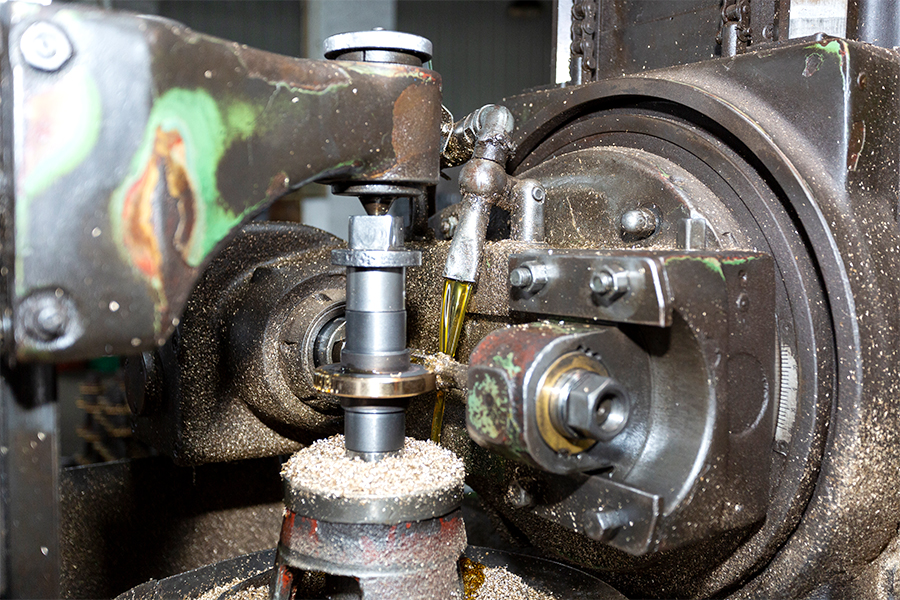
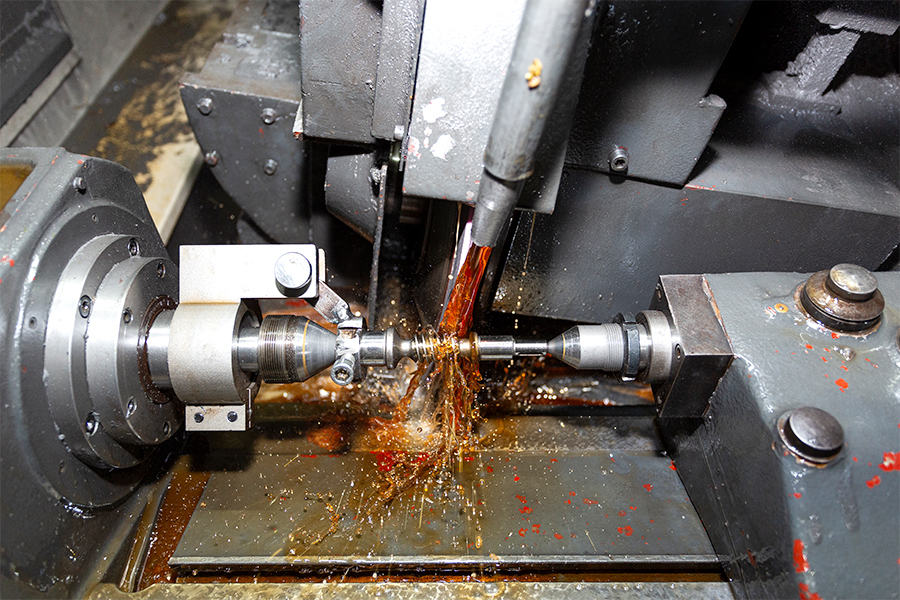
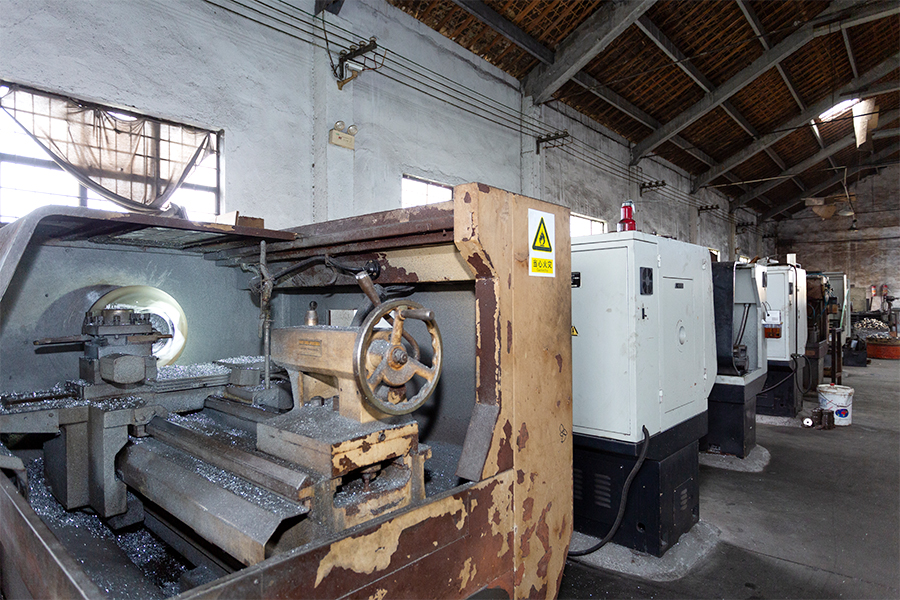
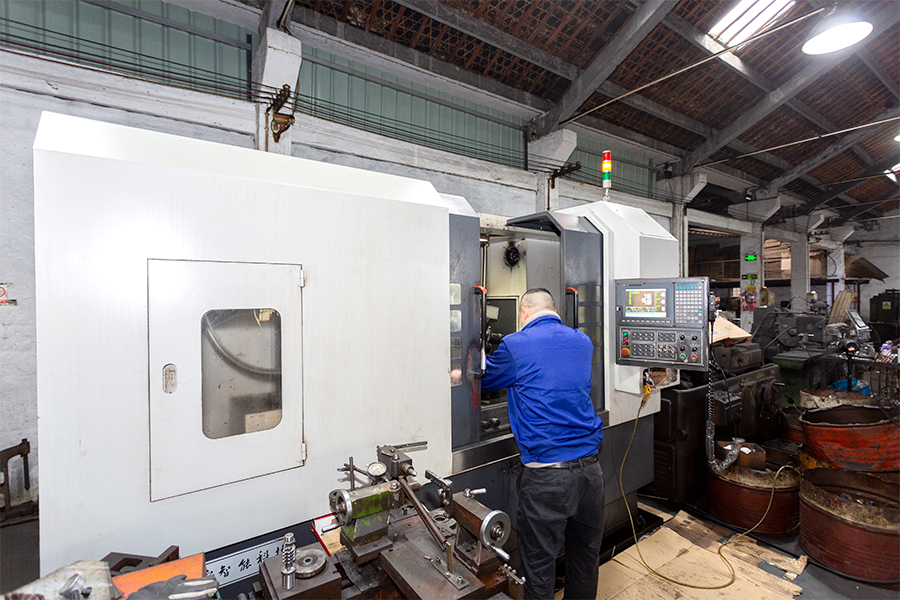
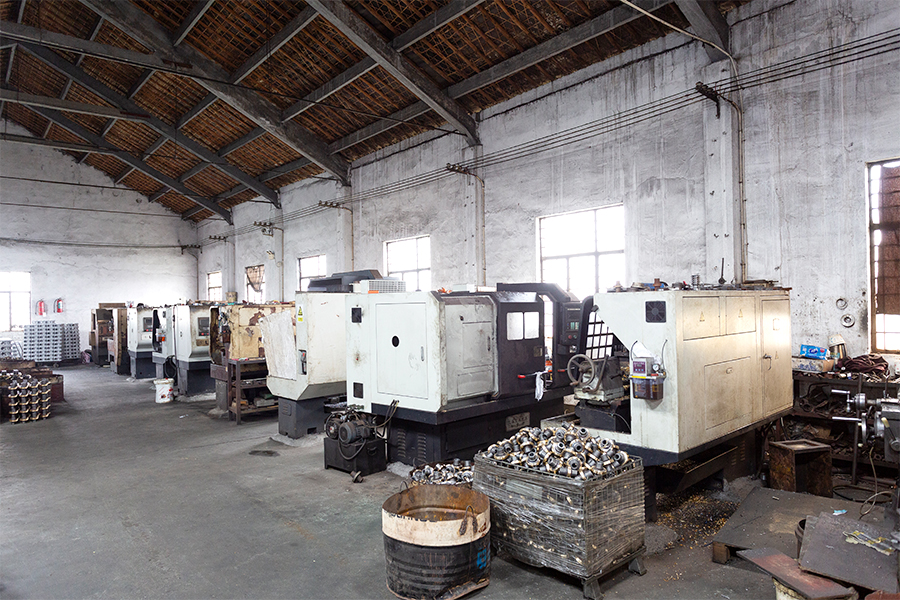
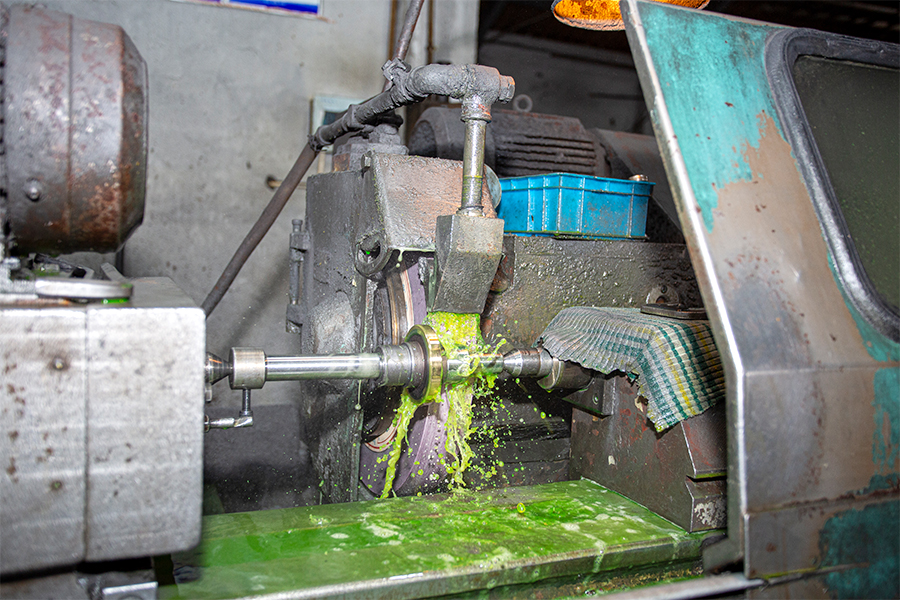
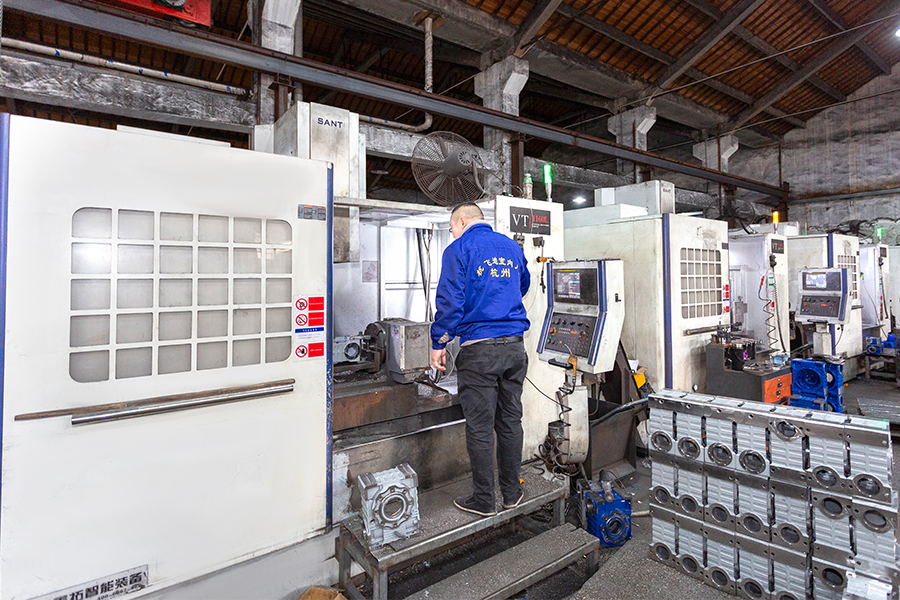
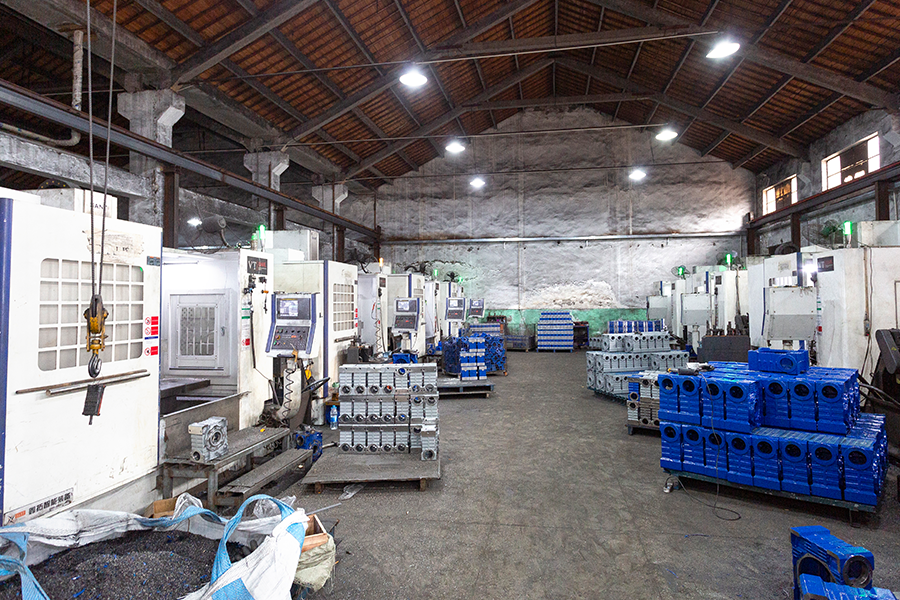
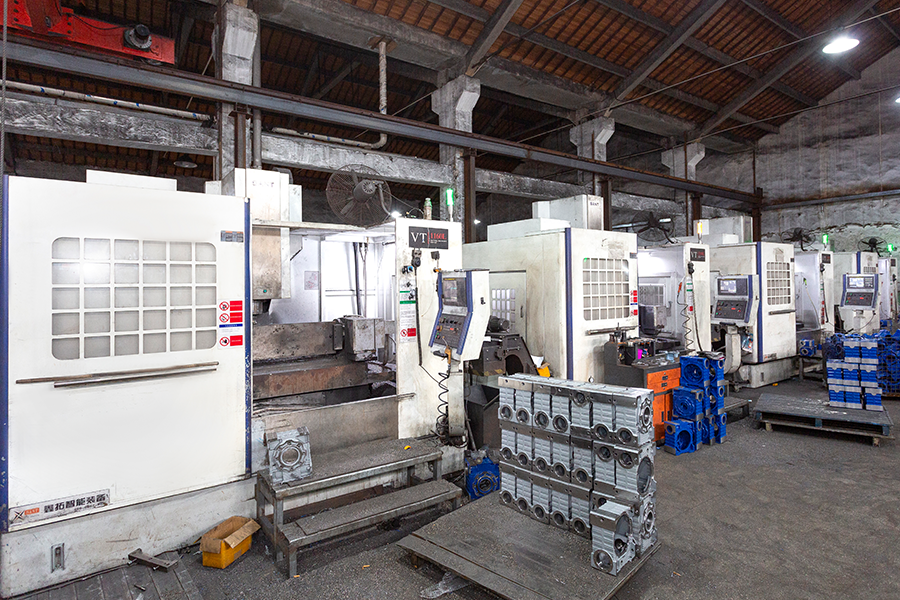
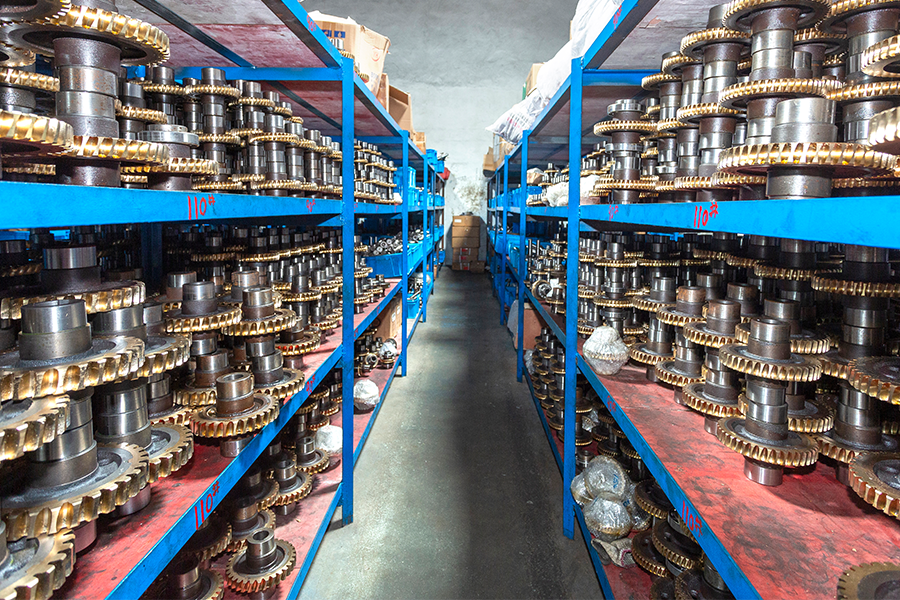
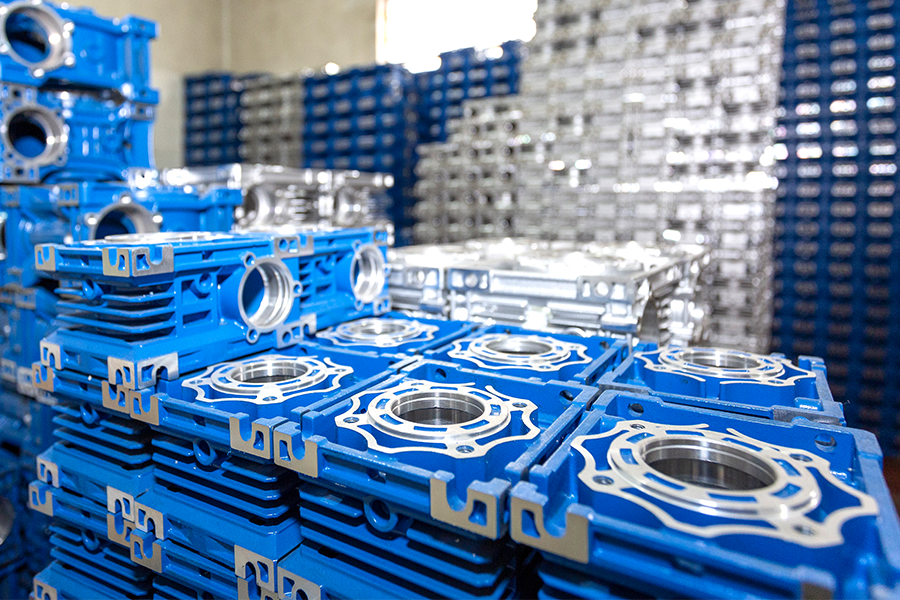
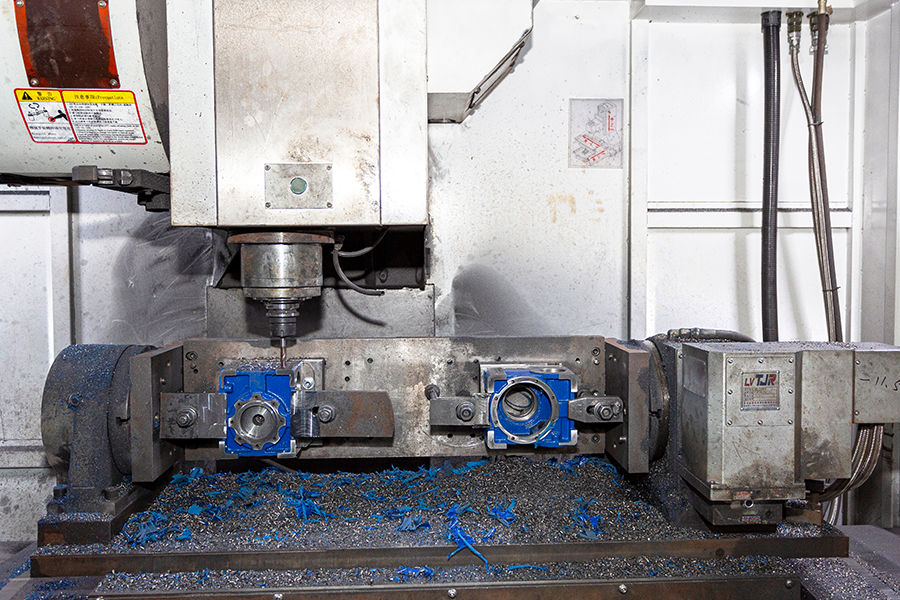
We value your suggestions and questions. If you have any questions about our products and services, please contact us. We will treat you responsibly and reply to your information as soon as possible.

